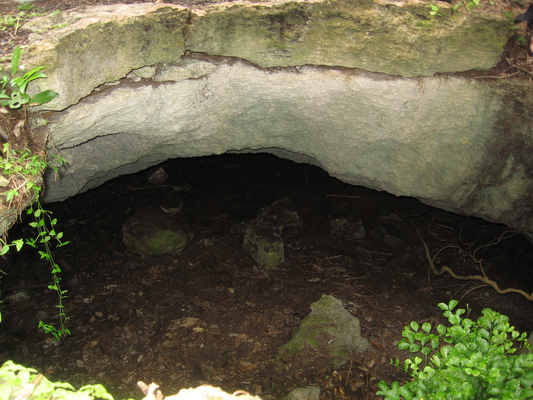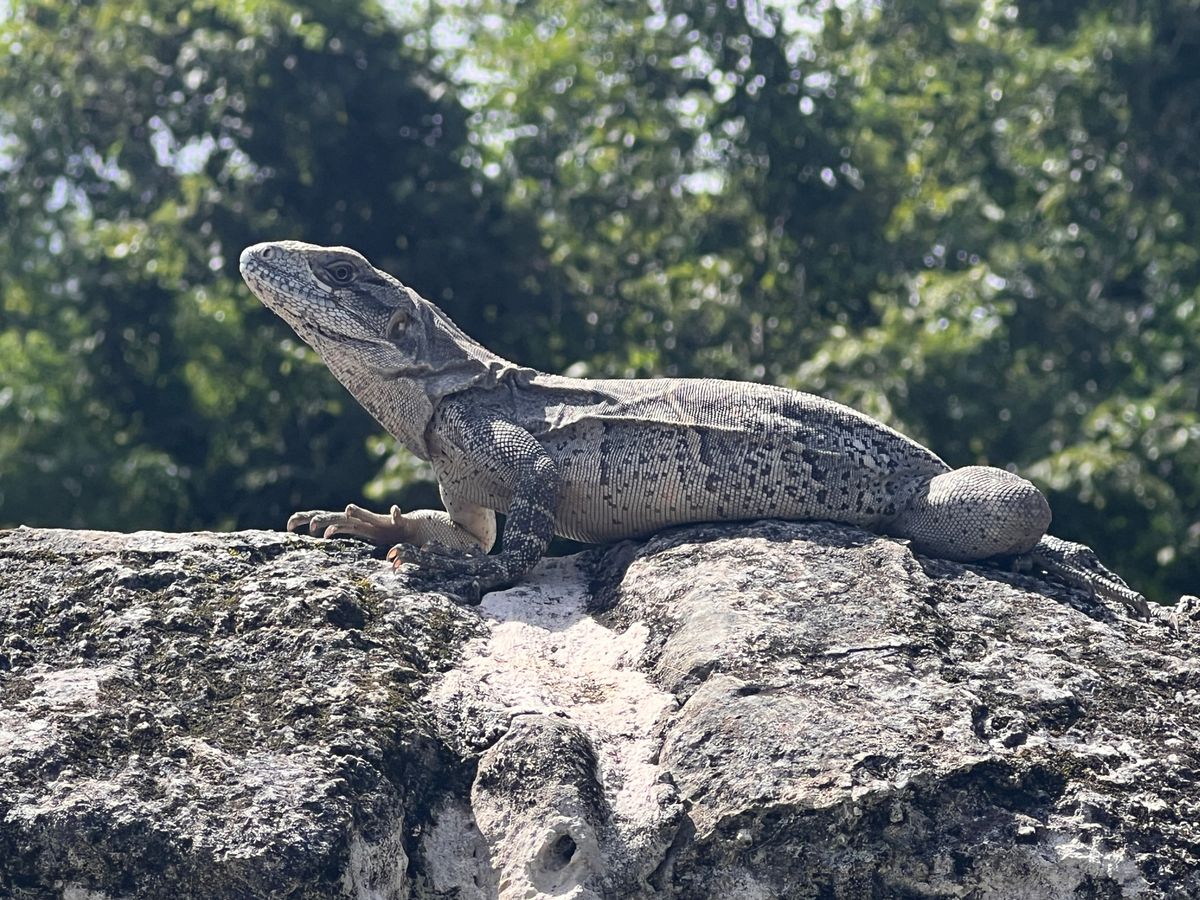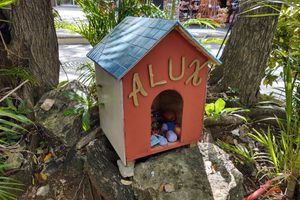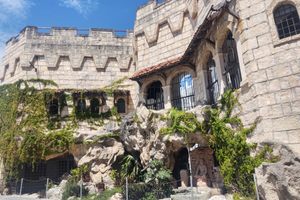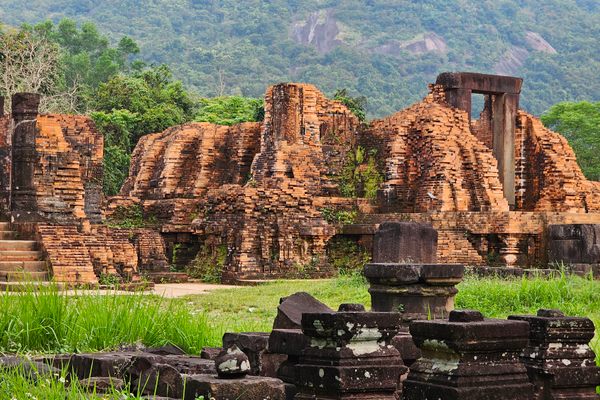About
From Polé to Xaman-Há, Maya settlements on the Caribbean coast of modern-day Mexico were often dedicated to assisting pilgrims on their way to the temples of fertility goddess Ixchel, often established on nearby islands. One island was so full of female idols that the Spanish named it Isla Mujeres, or Island of Women, while in Cozumel, several temples dedicated to the goddess were well-known pilgrimage sites. The Cozumel site now known as San Gervasio was not part of a temple, but was one of the island communities that hosted pilgrims and assisted in the veneration of Ixchel.
Rediscovered on the grounds of a former ranch named after Saint Gervasius, San Gervasio is noted for many unique structures. Like many nearby coastal settlements, San Gervasio is considered to have had its apogee during the Maya Postclassic Period, in the first half of the second millennium. Visitors to this site can find Las Manitas (The Little Hands), a building whose inner walls were covered in handprints; Nohoch Na (Great House, also known as The Palace), the largest structure on the site; and Murciélagos (Bats), noted for the large numbers of these animals that were living in it when modern archaeological studies of San Gervasio started in 1997.
Connecting these and other buildings are sacbeob (white ways), a network of roads established by the Maya. Similar to ancient Rome's roads, the Maya Empire's sacbeob were critical for the exchange of goods and cultures across the sprawling empire, which extended from Yucatán to Honduras.
Related Tags
Know Before You Go
The archaeological site opens from 8 a.m. to 4:30 p.m. and the cost of entrance is MXN $80.
Yucatan Family Adventure: Meteors, Pyramids & Maya Legends
Explore Maya temples and learn about the asteroid that wiped out the dinosaurs.
Book NowPublished
May 20, 2020








